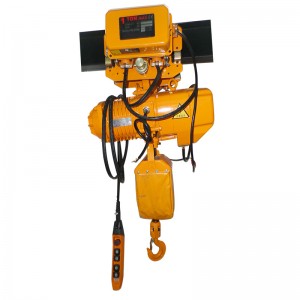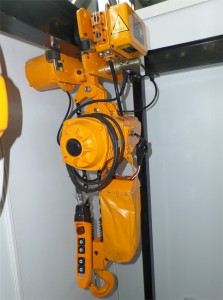Load lifting in industries is a very tedious and time-consuming process, more so if the manual workforce is used. With the advancement of technology, various sophisticated devices, like electric winches, chain hoists and cranes were invented. These equipment with good lifting speed were established to minimize the effort of lifting heavy materials to a great extent.
In due course of time, factories and industries across the world started using these equipment to minimize their manual workload. Slowly, a lot of manufacturers started selling these instruments online as well. Gradually, these instruments became sought after by various industries across the world.
The most exciting thing about these chain hoists are all three characteristics are dependent on each other.
Here, we are primarily going to concentrate on the lifting speed. Lifting speeds are generally of the range 0.5 mtr/min to 15 mtr/min. It should be very critically handled as a little bit of carelessness might lead to hazards and accidents in the industries.
The speed of the hoists depends on the weight of the materials to be lifted, i.e., the lifting capacity. Not all materials are of the same weight. Some might be heavier, whereas others might be relatively lighter. Similarly, there are often a set of materials that requires very delicate handling during the lifting procedure. Otherwise, the fragility of such materials might lead to their breakage. As it stands, damage to goods of industries is detrimental to the industry. Hence, to avoid that it is a must that the entire procedure should be undertaken by experienced personnel with great care.
Similarly, the lifting height is also another parameter to which lifting speed is adversely related. Under ideal conditions, lifting to heights of around 150 Meter (windmill hoist) is allowed. The operator can move the hoist up and down according to his convenience. However, the risk of safety always remains. Therefore, no matter how excellent the efficiency of the hoist is, it is still advisable to operate it at a relatively lower speed. Controlling the working of the instrument is more comfortable that way and also reduces the risk of the hazards.
To put it simply, the more smoothly the speed of the hoist is regulated, the better will be the handling of the hoist. As a result, the industry will work more efficiently.
Post time: Jan-12-2023







